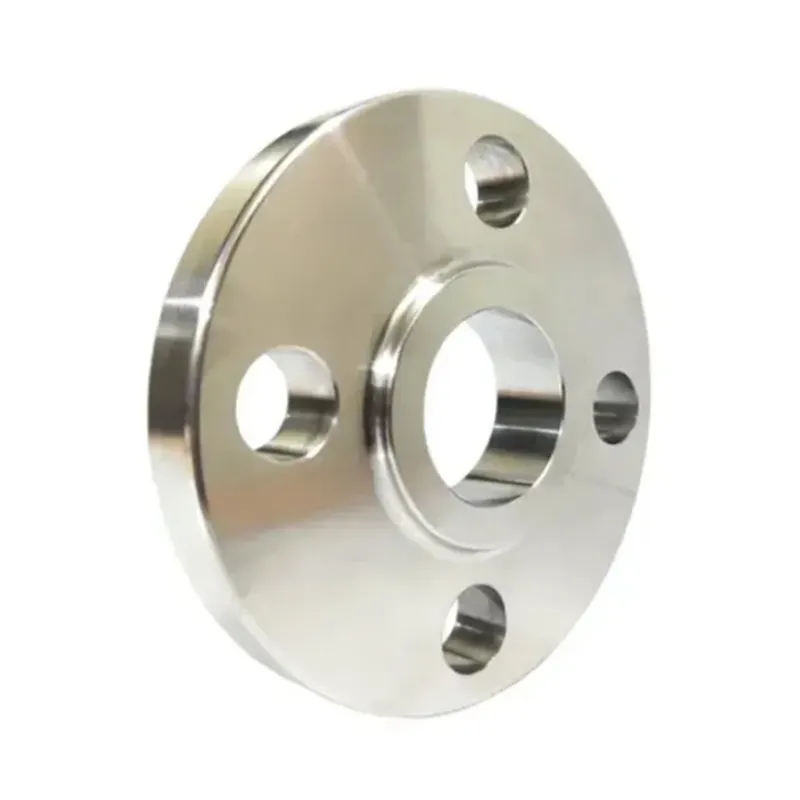-
Cangzhou Yulong Steel Co., Ltd.
-
Phone:
+86 13303177267 -
Email:
admin@ylsteelfittings.com
- English
- Arabic
- Italian
- Spanish
- Portuguese
- German
- kazakh
- Persian
- Greek
- French
- Russian
- Polish
- Thai
- Indonesian
- Vietnamese
- Zulu
- Korean
- Uzbek
- Hindi
- Serbian
- Malay
- Ukrainian
- Gujarati
- Haitian Creole
- hausa
- hawaiian
- Hebrew
- Miao
- Hungarian
- Icelandic
- igbo
- irish
- Japanese
- Javanese
- Kannada
- Khmer
- Rwandese
- Afrikaans
- Albanian
- Amharic
- Armenian
- Azerbaijani
- Basque
- Belarusian
- Bengali
- Bosnian
- Bulgarian
- Catalan
- Cebuano
- China
- China (Taiwan)
- Corsican
- Croatian
- Czech
- Danish
- Esperanto
- Estonian
- Finnish
- Frisian
- Galician
- Georgian
- Kurdish
- Kyrgyz
- Lao
- Latin
- Latvian
- Lithuanian
- Luxembourgish
- Macedonian
- Malgashi
- Malayalam
- Maltese
- Maori
- Marathi
- Mongolian
- Myanmar
- Nepali
- Norwegian
- Norwegian
- Occitan
- Pashto
- Dutch
- Punjabi
- Romanian
- Samoan
- Scottish Gaelic
- Sesotho
- Shona
- Sindhi
- Sinhala
- Slovak
- Slovenian
- Somali
- Sundanese
- Swahili
- Swedish
- Tagalog
- Tajik
- Tamil
- Tatar
- Telugu
- Turkish
- Turkmen
- Urdu
- Uighur
- Welsh
- Bantu
- Yiddish
- Yoruba

Dec . 13, 2024 19:26 Back to list
rolled and welded steel pipe
Rolled and Welded Steel Pipe An Overview
Rolled and welded steel pipes play a crucial role in various industries, offering a reliable solution for transporting fluids and gases. These pipes are created through specific manufacturing processes that ensure structural integrity and adaptability to different applications. This article explores the characteristics, manufacturing processes, advantages, and applications of rolled and welded steel pipes.
Manufacturing Process
The manufacturing process of rolled and welded steel pipes involves two primary stages rolling and welding. Initially, sheets or plates of steel are subjected to a rolling process, where they are heated and passed through rollers to achieve the desired diameter and thickness. During this stage, the steel is shaped into a cylindrical form.
Once the rolling is complete, the edges of the pipe are prepared for welding. The welding process can be performed using various techniques, including electric resistance welding (ERW), submerged arc welding (SAW), and spiral welding. Electric resistance welding is commonly used for producing longitudinal seams, while submerged arc welding is often employed for large-diameter pipes. These welding methods ensure a strong bond between the edges, creating a durable finished product.
Characteristics
Rolled and welded steel pipes maintain several key characteristics that make them favorable for various applications. They are typically strong, lightweight, and cost-effective, which allows for easier handling and transportation. Moreover, these pipes can be customized in terms of diameter, wall thickness, and length, catering to specific requirements of different sectors.
The surface finish of rolled and welded steel pipes can also be treated to enhance corrosion resistance
. Processes such as galvanization or applying protective coatings help extend the lifespan of the pipes, making them suitable for use in harsh environments.Advantages
rolled and welded steel pipe

The rolled and welded steel pipe production process offers several benefits. First and foremost, it allows for the efficient use of raw materials, minimizing waste and reducing production costs. Unlike seamless pipes, which require solid billets, rolled and welded pipes can be created from flat steel sheets, making them more economical.
Furthermore, due to their adaptability, rolled and welded pipes can be produced in various sizes and configurations to meet specific needs. This flexibility is particularly advantageous for industries that require unique specifications or large quantities of pipes.
The welding process also allows for continuous lengths of pipe, reducing the number of joints and potential leak points in piping systems. This feature increases the reliability and performance of infrastructure in sectors such as oil and gas, water supply, and construction.
Applications
Rolled and welded steel pipes are utilized across a wide range of industries. In the oil and gas industry, these pipes are essential for transporting crude oil, natural gas, and other hydrocarbons from extraction sites to processing facilities. Their strength and durability make them ideal for high-pressure applications.
In the construction sector, rolled and welded pipes are employed for structural applications, such as columns, and beams, and as support systems for bridges and buildings. Additionally, they are widely used in water distribution systems, sewage infrastructure, and irrigation systems.
In the manufacturing industry, these pipes are integral to the production of various products and machinery, where their reliability ensures operational efficiency.
Conclusion
Rolled and welded steel pipes are invaluable products in modern infrastructure and industrial applications. Their manufacturing process, advantageous characteristics, and diverse applications make them a preferred choice for many sectors. As technology advances, the future of rolled and welded steel pipes looks promising, with innovations expected to enhance their efficiency and sustainability further. Whether in oil and gas, construction, or manufacturing, these pipes will continue to be a cornerstone of industrial operations.
Latest news
-
ANSI 150P SS304 SO FLANGE
NewsFeb.14,2025
-
ASTM A333GR6 STEEL PIPE
NewsJan.20,2025
-
ANSI B16.5 WELDING NECK FLANGE
NewsJan.15,2026
-
ANSI B16.5 SLIP-ON FLANGE
NewsApr.19,2024
-
SABS 1123 FLANGE
NewsJan.15,2025
-
DIN86044 PLATE FLANGE
NewsApr.19,2024
-
DIN2527 BLIND FLANGE
NewsApr.12,2024
-
JIS B2311 Butt-Welding Fittings LR/SR 45°/90° /180°Seamless/Weld
NewsApr.23,2024











